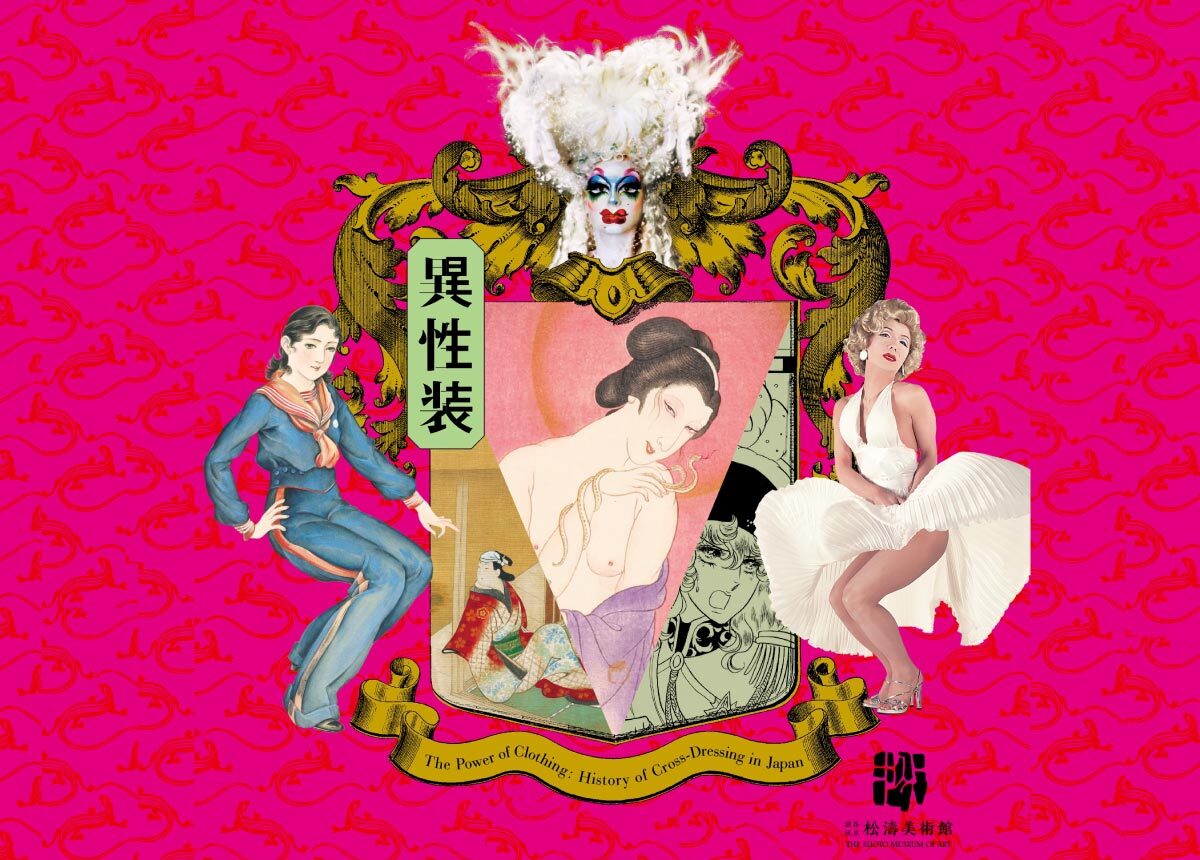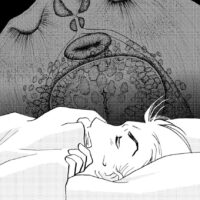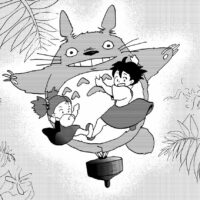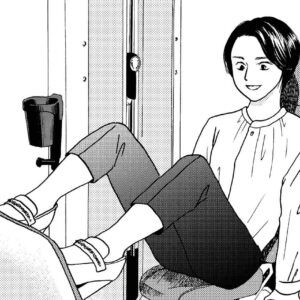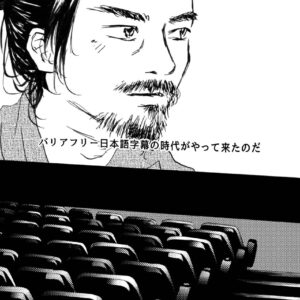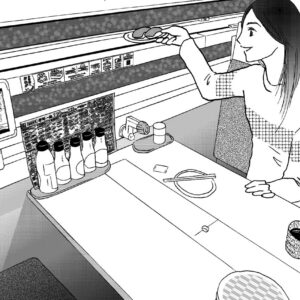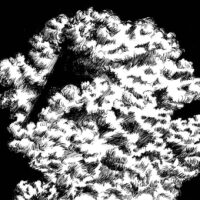Cross-dressing is when a man dresses as a woman and a woman dresses as a man. It is also an attempt to transcend biological gender through the power of clothing. An exhibition tracing its history and expression in Japan was being held at a museum in Shibuya, Tokyo.
The earliest examples of cross-dressing in Japan appear in a myth written in 712. In this episode, a man takes down his hair and dresses up as a woman in a woman’s kimono in order to defeat a powerful local tribe and take advantage of his opponent. There is also a story of the youngest girl surrounded by male siblings, who grows up dressed as a man and serves as a man in the palace as an adult.
In real life, in temples where woman were forbidden, boys dressed as girls and served as comfort for the monks. Kabuki originated when female performers dressed in men’s clothing and performed in the theater (In modern kabuki, this is reversed and only men take the stage. Men dress up as woman and appear as Onnagata).
In the modern times, cross-dressing was banned as a result of the adoption of Western values and the push for cultural fostering to try to be the same. At the same time, however, characters in cross-dressing continued to emerge on stage and in comics. A contradictory situation emerged in which cross-dressing was banned in public, while cross-dressing was allowed in entertainment and other forms of expression, and in fact became very popular. Due to protests and other activities, the ban on cross-dressing was repealed after eight years.
Cross-dressing in Japan was allowed or punished depending on the historical background and status, but it was actively embraced in the arts, such as stage and novels, where it has a loose aspect.
An increasing number of exhibition visitors are young people in their teens and twenties, who view the exhibits not out of curiosity, but rather because they are drawn to them by their own interests, such as interest in and questioning of traditional sexual norms.



